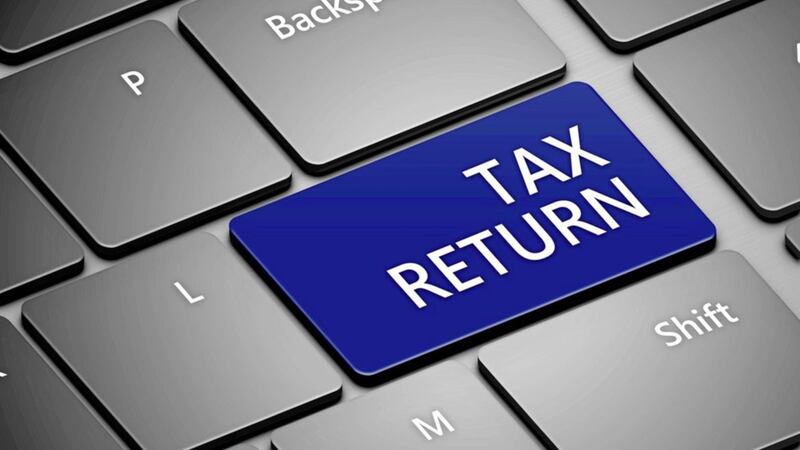QUESTION: I have been reading about glitches in tax return software standards which means that taxpayers may have to file their 2016/17 tax return by paper instead of electronically to ensure they don’t overpay their tax. Is this correct?
ANSWER: Just as the government announced a delay in the implementation of Making Tax Digital (MTD) and as the accounting profession attempts to understand the impact and additional extra cost that MTD will cause for thousands of taxpayers, it is now unthinkable that many taxpayers could be forced to file their tax return on paper when HMRC is hoping to make digital reporting mandatory.
The return to paper is as if HMRC has crashed its speeding vehicle of digitisation and it should be very embarrassed. As a backward step in the age of digitisation, taxpayers may need to submit a paper self- assessment return in cases where simple and common income sources and amounts mean that HMRC’s servers cannot calculate the tax due accurately.
Because of the discrepancies in the calculations, the taxman’s servers will reject any self-assessments submitted with the correct tax calculation generated by third party software.
While there used to be only a few exceptional taxpayers who could not file electronically, in 2016/2017 it will be common place until HMRC can correct the error and reconfigure its software. It will then have to issue the information to third party tax software suppliers and allow time for them to adjust their software.
The problems stem from the interaction between the separate allowances for savings and dividends, the personal allowance, and the additional rate of tax on income over £150,000. Buried in HMRC’s list of exclusions for digital filing are three groups which are affected by the HMRC calculation problem.
The first includes customers with non-savings, including employment income, savings and dividend income below the personal allowance of £11,500 and savings starting rate (SSR), plus a chargeable event gain: for these people, the basic rate band is incorrectly being extended by the SSR of £5,000. As the SSR forms part of the basic rate band, it should not be increased.
Not only that, where a taxpayer has income less than the personal allowance and SSR combined, plus savings income not covered by any personal savings allowance (PSA) they are entitled to SSR of £5,000, which is not being given.
For some taxpayers who have non savings/savings/dividend income and income exceeding the basic rate band, the calculator is incorrectly reducing the higher rate band by the £5,000 dividend allowance rather than by the amount of the allowance not used in the basic rate band.
The problem has arisen due to the complexities and interaction of the plethora of rates and allowances.
Many software suppliers have issued an alert to accountancy firms advising to ‘test file’ before sending a return to a client to establish whether the return needs filing on paper or if it will pass HMRC’s validation checks and can be processed electronically.
The issue is unlikely to be resolved in any immediate hurry. So it is one step forward and two steps back on the road to digitisation.
:: Paddy Harty (p.harty@pkffpm.com) is director at PKF-FPM Accountants (www.pkffpm.com). The advice in this column is specific to the facts surrounding the question posed. Neither the Irish News nor the contributors accept any liability for any direct or indirect loss arising from any reliance placed on replies.








